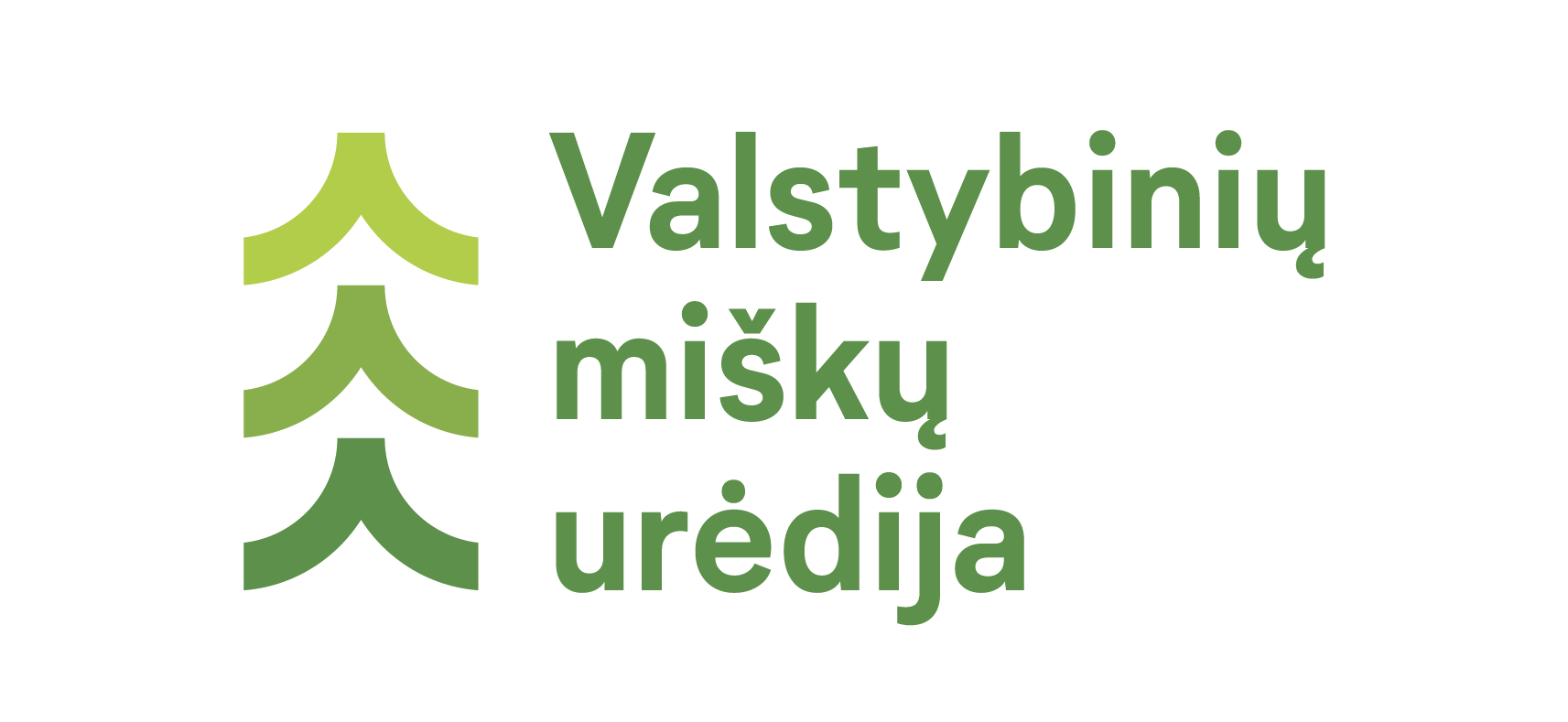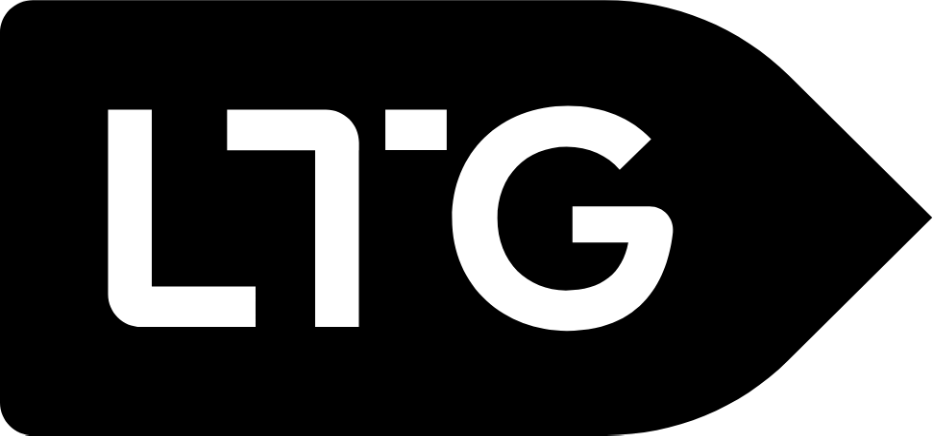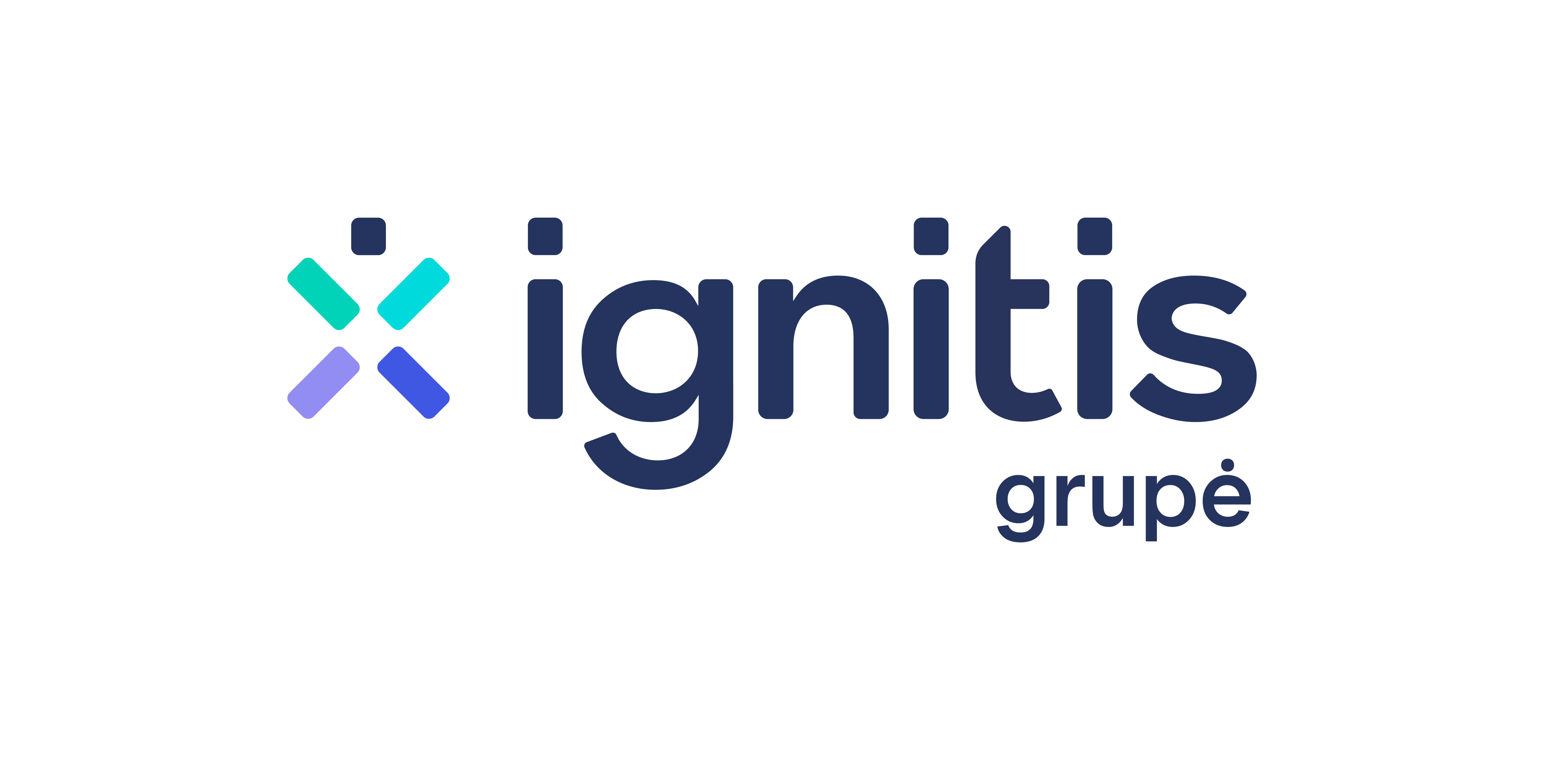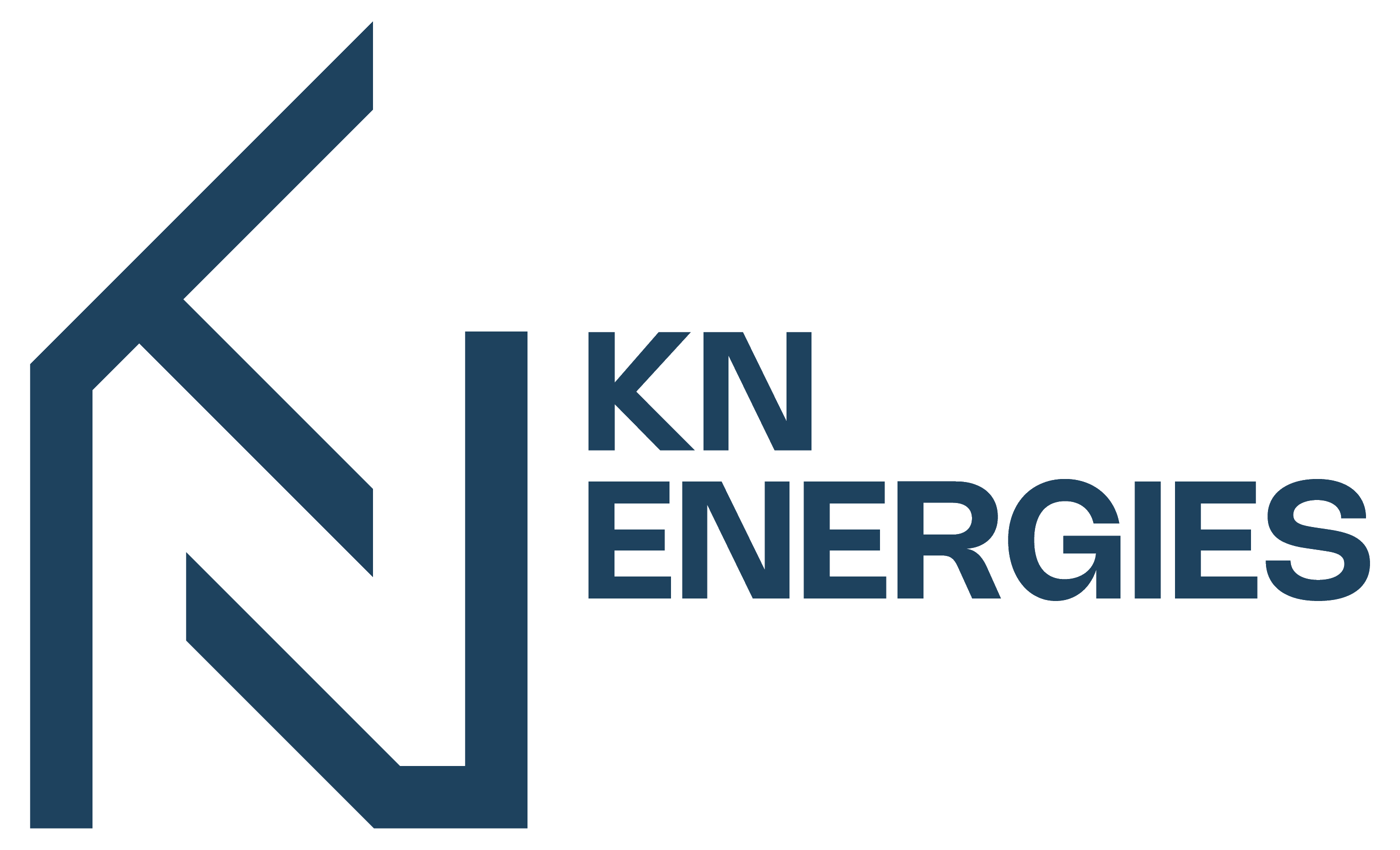The strategic planning of SOEs was assessed: the financial indicators to be achieved by every fourth SOE are not ambitious enough
More and more state-owned enterprises (SOEs) are setting strategic goals to increase profitability and earn financial returns for the state, but they are not ambitious enough, according to the latest assessment of the implementation of SOE strategies by the Governance Coordination Center.
“This year, we assessed the strategic activity plans of SOEs and the goals and tasks provided for in them, which were set for the first time according to the new concept of performance measurement indicators approved by the Government. The financial indicators to be achieved in the strategic activity plans of the companies have increased, but almost every fourth SOE last year still envisioned the “lowest limit” financial indicators to be achieved, which were practically guaranteed to be achieved by “insuring” on their implementation. This is a flawed practice that needs to be changed in order to make SOEs’ strategic goals and objectives more ambitious,” says Vidas Danielius, director of the Governance Coordination Center.
In the strategic plans of SOEs, non-financial goals and objectives remain dominant, although the proportion slightly shifted in 2022, for example, if in 2019 financial indicators did not reach 24%, last year they already amounted to almost 30%. SOEs set an average of 8 financial goals and objectives, 20 non-financial ones. UAB “Lietuvos monetų kalykla” set the fewest goals for itself (total – 11, of which 7 are financial), while SOE “Turto bankas” set the most goals and objectives – a total of 70, of which 13 are financial. Also, the assessment of the Management Coordination Center revealed that about 14 percent of all assessed SOEs, chose an extremely intensive map of 50-70 strategic goals and objectives. “There remains a tendency to include a considerable number of one-time tasks in the SOE strategic goals and tasks map, which increases the total number of goals and tasks and diverts attention from the essential and most important ones,” notes V. Danielius.
In total in 2022 78.1 percent was fulfilled. financial indicators, non-financial – 85.7 percent.
The geopolitical situation, the war in Ukraine, the crisis in the prices of energy resources, disruptions in the global supply chain are factors that have negatively influenced the results of a considerable number of SOEs: only slightly more than half of SOEs – 58 percent. – properly implemented all the main indicators – long-term profitability, optimal capital structure and dividends and profit payments -.
More than a third of all assessed SOEs fulfilled their financial and non-financial goals and objectives, more than 150 percent. exceeding the planned target values of the indicators.
“Of course, exceeding the values to be achieved by the financial goals of some companies can be associated with external factors, i.e. i.e. by factors beyond the control of the SOEs themselves, for example, the long-term profitability of the AB Giraitės Arms Factory – the annual EBITDA indicator reached 187 percent, the return on equity ROE – 218 percent. mostly due to the increased demand for ammunition produced during the war in Ukraine and, as a result, increasing sales volumes and sales prices of the production itself. – explained V. Danielius. – The energy price crisis, which prevented some SOEs from earning the set profitability indicators, created an opportunity for other SOEs to earn higher income, for example, Klaipėdos nafta AB used the opportunity that arose due to Europe’s need to diversify the supply of Gazprom’s production, to get involved in international liquefied natural gas (LNG) terminal projects, increasing the adjusted return on equity ROE by about 300 percent.”
Also, the head of the Governance Coordination Center V. Danielius pointed out that every fourth SOE chose “safe” planning, setting lower target values of the indicators, which will be extremely easy to achieve, actually exceeding them by 200-300 percent. For example, AB Klaipėda State Seaport Authority, having correctly predicted the loss of part of the cargo due to the geopolitical situation, chose extremely cautious values to be achieved for some financial goals, for example, 2019-2021. earned an average of 6.4 percent. annual return on equity ROE, 2022 only 1.7% was chosen as the target value, and in fact, due to changes in port fee pricing, renewed demand for cruise shipping and repair services, etc., they earned 4.5%. ROE. AB “Lietuvos paštas” took a strict position in its strategy that in 2022 return on equity ROE will either be 0 or just above 0, but actually earned 15.1 percent.
The conclusions and recommendations prepared by the Governance Coordination Center regarding the strategic planning of SOEs and the implementation of the indicators to be achieved have been submitted to the Government.









